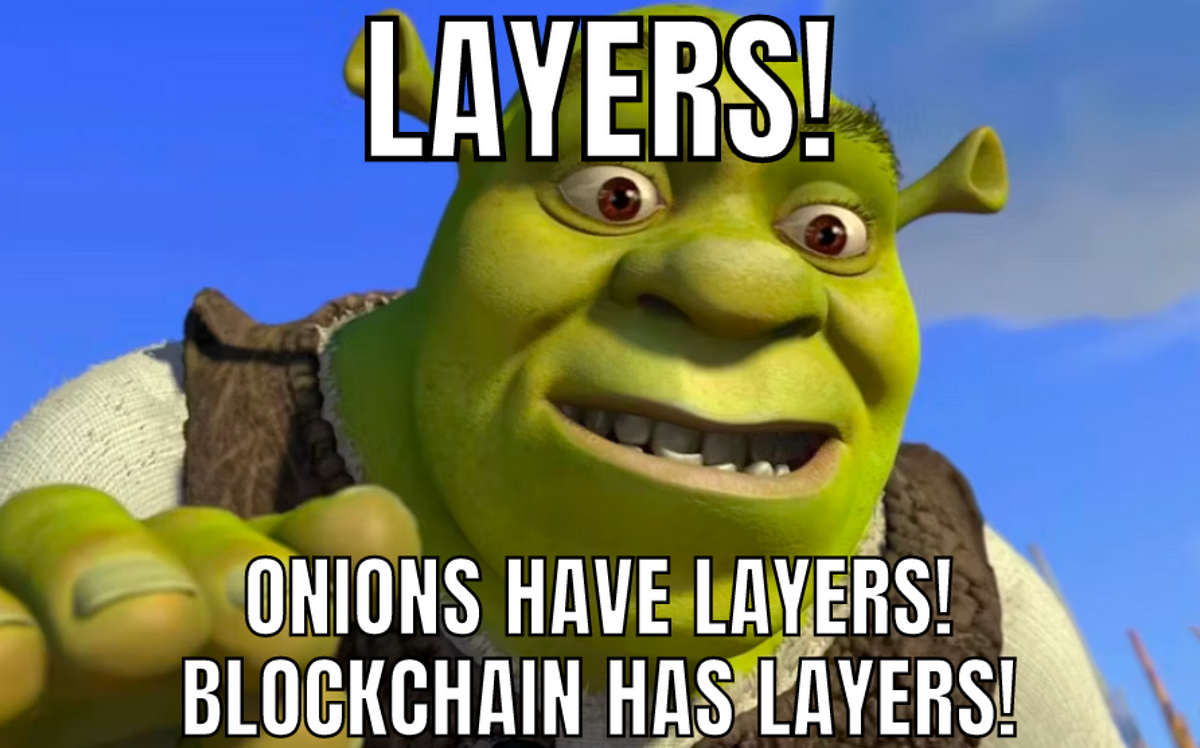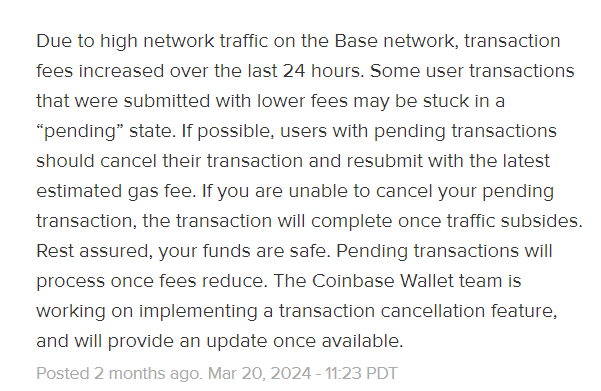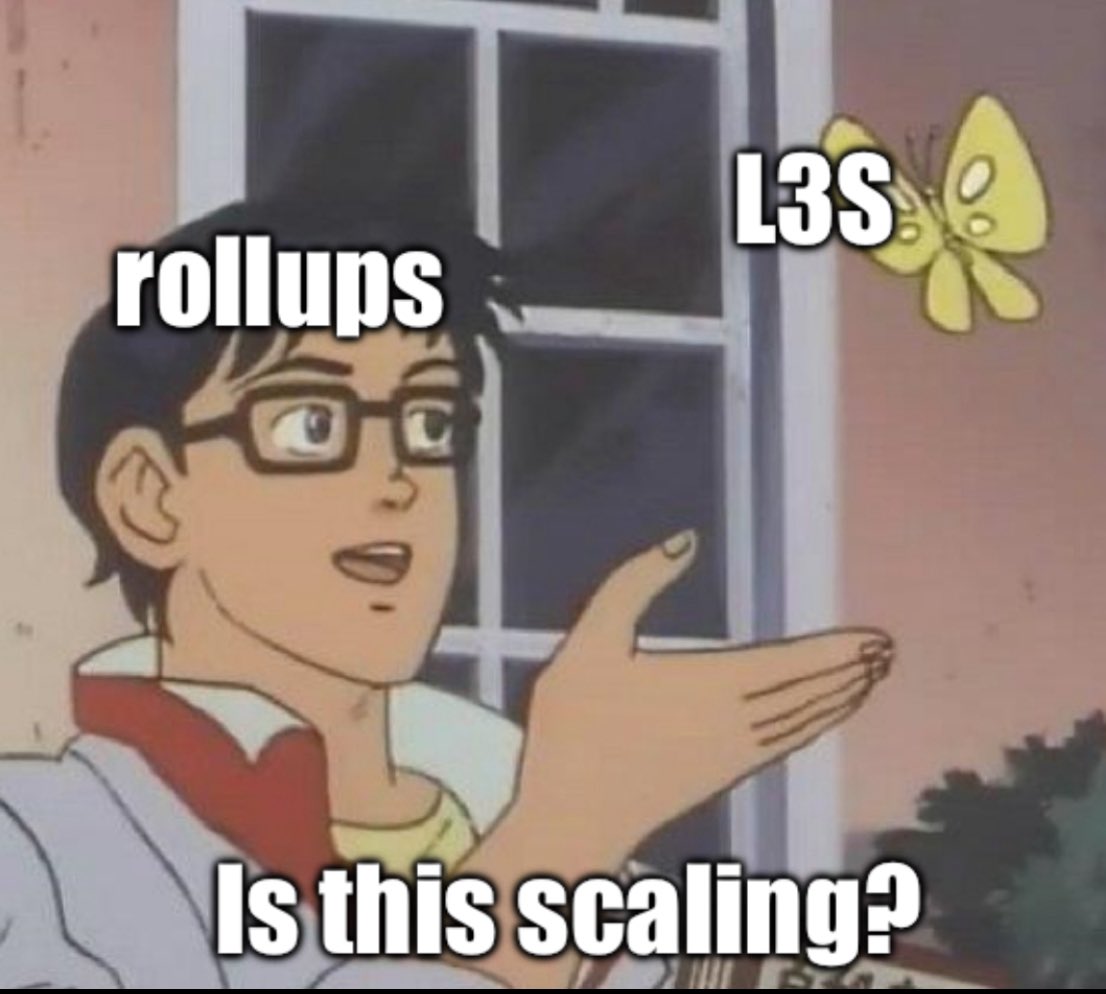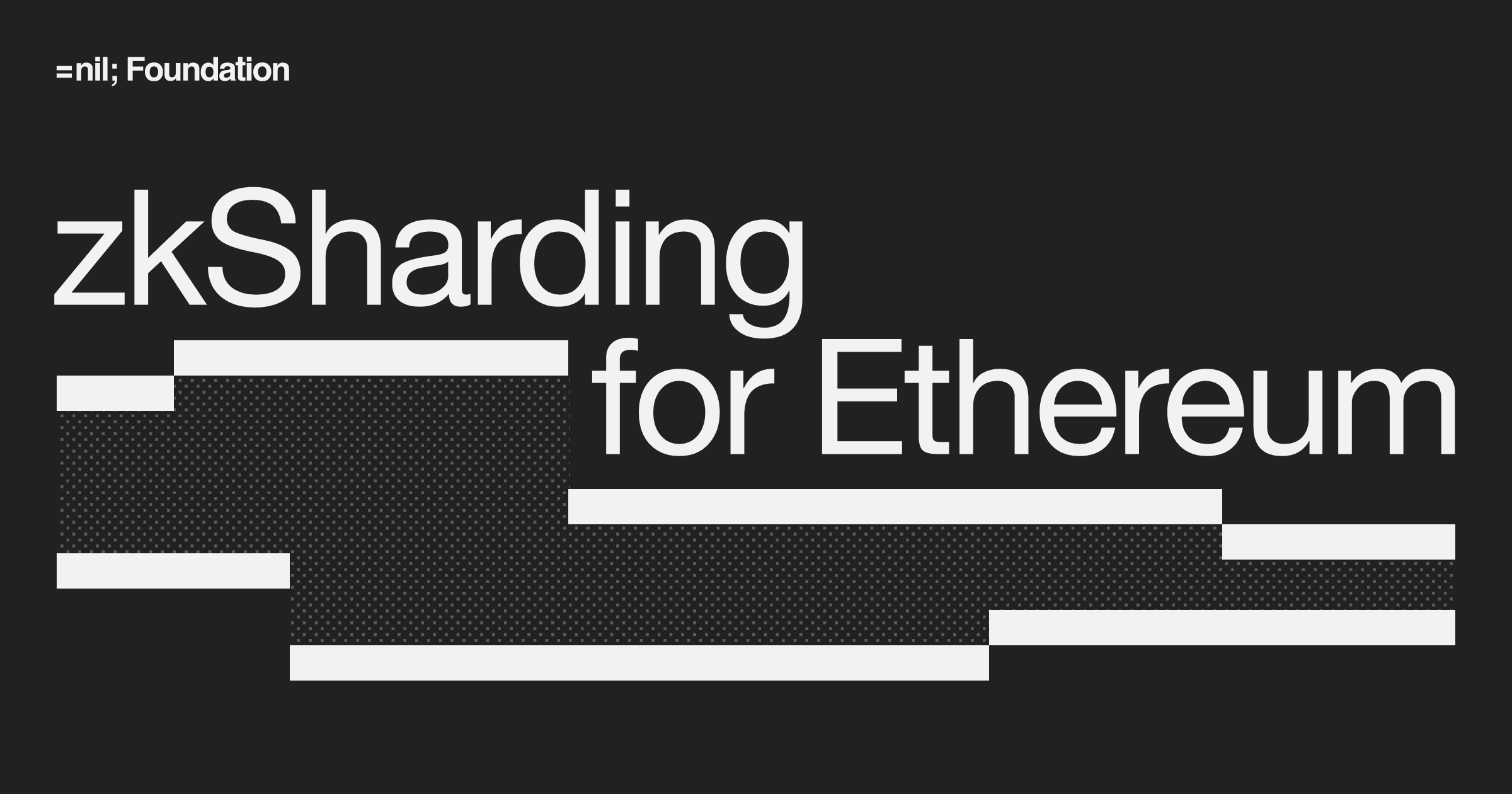Are L3s really for scaling?
 sakai
sakai
We might have heard of Ethereum's rollup-centric roadmap. We needed to scale ethereum as the block space started getting more expensive and the time for transactions increased. As a user, you don't want to pay a thousand dollars in gas fee for transacting a thousand dollars worth of assets. Or, as a developer, you don't want your dapp to keep loading or waiting till the transaction is complete and hamper your dapp's UX. Hence came rollups, or L2s, which are used to scale Ethereum. Now, what does scaling Ethereum mean? Simple, Scaling Ethereum essentially means expanding its capacity to handle more transactions without overwhelming the main Ethereum blockchain. This is usually accomplished by shifting transaction processing to rollups while maintaining the main chain as the ultimate source of truth for the network's state.
So, we see that L2s were introduced to prevent Ethereum from becoming congested and to ensure a smooth user experience. Technically, L2s/Rollups work by processing transactions off the main Ethereum chain and then bundling them together before submitting a single compressed proof of all those transactions to the Ethereum mainnet. This means that instead of every single transaction needing to be processed and verified on the main Ethereum chain, only the summary of many transactions needs to be recorded.
You might have heard of a lot of them like Optimism, Base, Arbitrum, etc. All these chains are L2s that scale ethereum. Wait, there is an anomaly here 🤔

So rollups inherently fail as well while actually trying to scale Ethereum? This happened with Base (you can find the above report here), but this also proves that other EVM-compatible rollups are vulnerable to this problem of spike in gas fee and transaction delays. All of these problems seem valid, but what are L3s that has been mentioned in the title?
L3s are rollups to L2s! Yes a scaling mechanism for a scaling mechanism. L3s come in to still decrease the load of L2s. L3s are like an extra chain that functions to make sure the L2 which was supposed to scale ethereum, can scale.
We are missing a key point here. While I told you about a lot of L2s already present to scale the Ethereum, don't you think the liquidity also got fragmented? If suppose these L2s never existed, all of the liquidity we see on the L2s would be on Ethereum, right? Now think: if L3s come up, wouldn't they even increase liquidity fragmentation? They are necessary for scaling but they need to pass the overload of L2s to settle on L1s. Hence, it's unfortunate that we have to divide the state and liquidity in the name of scaling.
The need of the hour is an efficient L2 rather than adding another layer of scaling (L3) to the already-scaling layer (L2). The L2s are usually optimistic rollups or ZK-rollups. ZK Rollups are more preferred as they are more secure than optimistic rollups. Coming back to our point, I mentioned something known as efficient L2, What does this term even mean?
Efficient Rollup must simply include the scalability trait by itself without the requirement of a L3 and hence truly scale with low gas fee, compatibility with Ethereum and faster transaction speed. In the current scenario, as the load of the L2s increase, they are congested as well. So a novel approach has to be introduced, which introduces:
Real Scalability : Low gas fee, even higher transaction throughput
Secure : Must be ZK verified on the L1 chain for fraud tolerancy
This is where the =nil; chain comes in, which is powered by zkSharding technology. It uses a different approach to scale Ethereum because, as a rollup, =nil; chain utilizes the concept of sharding and hence can scale ethereum infinitely. Sharding is a scalability technique used to improve performance by dividing the network into smaller, more manageable parts called "shards". Each shard operates as an independent state machine, processing its own subset of transactions and smart contracts. With =nil; chain there are two types of shards: the main shard and the execution shard. The L2 divides the work between these shards. All shards are connected and work together: execution shards handle transactions at the same time and create ZKPs, while the main shard verifies them, communicates with Ethereum, and keeps the network state synchronized across all validators. The main shard also manages the distribution of validators and accounts across the execution shards. With such an architecture, we have the real scability as well as the security of ZKPs.
The requirement of an efficient L2 is thus bought in and with this efficiency, the fragmentation of liquidity can be tackled as the choice of chain for anyone would be a chain with low gas fee and faster transactions, which the above novel architecture delivers. L3s are thus can be avoided and you can have a singular rollup with the necessary requirements for economic agents, autonomous worlds and any of your use case that you are trying to build to solve a problem but with better UX.
I will be following up this blog with a deep dive into the =nil; chain's architecture and how the horizontal scaling mechanism is taken advantage of, providing you with a thorough understanding of this innovative approach. Stay tuned as we explore the detailed mechanics and potential of this technology. We'll continue to delve into these advancements to build a more efficient and user-friendly decentralized ecosystem together.
Subscribe to my newsletter
Read articles from sakai directly inside your inbox. Subscribe to the newsletter, and don't miss out.
Written by


